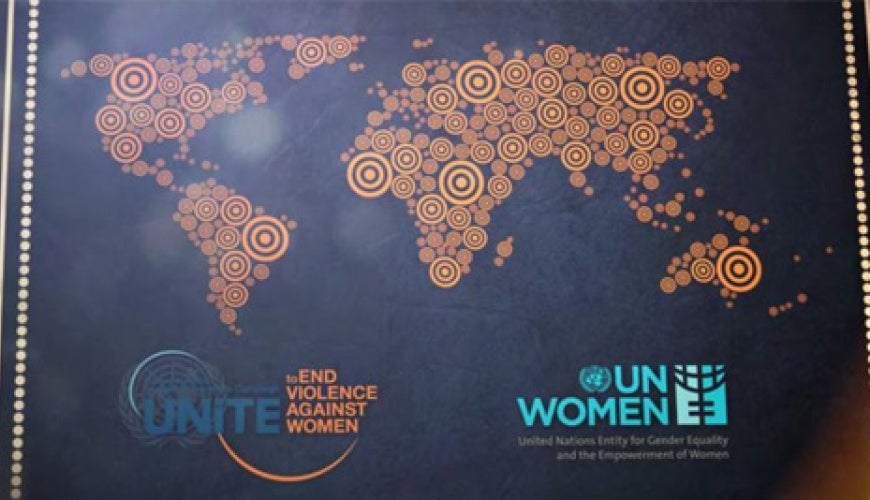Violence against women

Violence against women
Violence against women continues to be one of the most prevalent human rights abuses in Australia, and around the world. One in three women in Australia will experience violence in her lifetime and one in five will experience sexual violence.[1]
The United Nations Declaration on the Elimination of Violence against Women 1993 defines violence against women as:
‘any act of gender-based violence that results in, or is likely to result in, physical, sexual or psychological harm or suffering to women, including threats of such acts, coercion or arbitrary deprivation of liberty, whether occurring in public or in private life.’[2]
Gender based violence is both a cause and consequence of gender inequality, and has been recognised as a form of discrimination, on the basis of sex and gender, under Article 1 of the CEDAW. This form of discrimination seriously inhibits women’s ability to enjoy and exercise their human rights and fundamental freedoms.[3]
Violence against women and girls occurs in the family (for example, domestic and family violence, marital rape, forced marriage); the community (for example, sexual assault, sexual harassment); the state (for example, violence against women in prisons and in institutional settings); and in a transnational context (for example, trafficking, violence against refugee women, migrant women and migrant women workers).
What is the Sex Discrimination Commissioner doing about violence against women?
The Sex Discrimination Commissioner’s 2010 Gender Equality Blueprint identified preventing and reducing violence against women as one of the five priority areas that significantly affect the public and private lives of Australian’s. The Blueprint includes recommendations for preventing and reducing violence against women, and improving responses when such violence does occur:
To reduce the incidence of violence against women and ensure women who experience violence have access to adequate support:
-
both national structures and adequate Commonwealth funding should be in place to support coordinated and strategic implementation of the National Plan to Reduce Violence Against Women across jurisdictions and sectors
-
a suitable independent statutory office to monitor and inform the development of the National Plan should be identified and adequately funded. It should contribute to the development of a national research and education agenda and promote best practices.
-
services responding to the needs of women and girls who have experienced violence should be adequately funded as an urgent priority
-
independent advocacy organisations and representatives should be adequately resourced to contribute to the development and evaluation of the National Plan
- the Australian Government should invite the UN Special Rapporteur on Violence Against Women to visit Australia to contribute to independent monitoring of the nation’s ‘zero tolerance’ approach to gender-based violence.
Current initiatives to address violence against women include:
- The National Plan to Reduce Violence against Women and Their Children
- Domestic and family violence - a workplace issue, a discrimination issue
- The Haven Project
- Violence against women and girls with disability
- UN Special Rapporteur on violence against women, including its causes and consequences
- Australian National Action Plan on Women, Peace and Security
- Trafficking, slavery and slavery-like practices
[1] Australian Bureau of Statistics, Personal Safety Survey 2012 (2013). At: http://www.abs.gov.au/ausstats/abs@.nsf/Latestproducts/4906.0Main%20Features12012?opendocument&tabname=Summary&prodno=4906.0&issue=2012&num=&view=) (viewed 20 November 2013).
[2] United Nations General Assembly, Declaration on the Elimination of Violence against Women (1993). (viewed 3 September 2014).
[3] Committee on the Elimination of Discrimination against Women, General Recommendations No. 19 – Violence against women, CEDAW/C/GC/19 (1992); and General Recommendation No. 28 - the core obligations of States parties under article 2 of the Convention on the Elimination of All Forms of Discrimination against Women, CEDAW/C/GC/28 (2010). At: https://www.ohchr.org/en/documents/tools-and-resources/cedaw-and-violence-against-women-reflections-after-40-years (viewed 7 October 2014).
